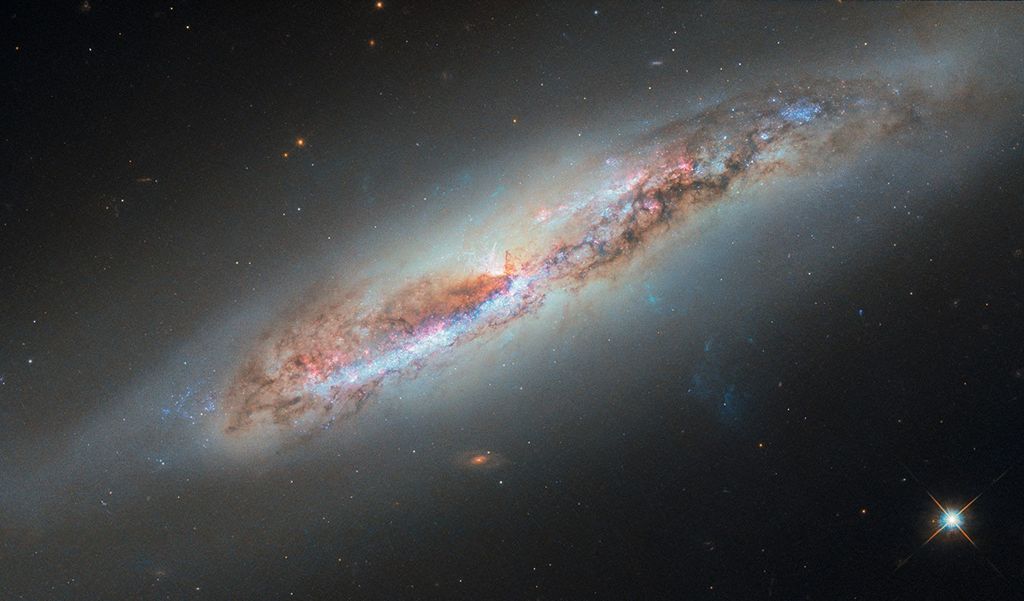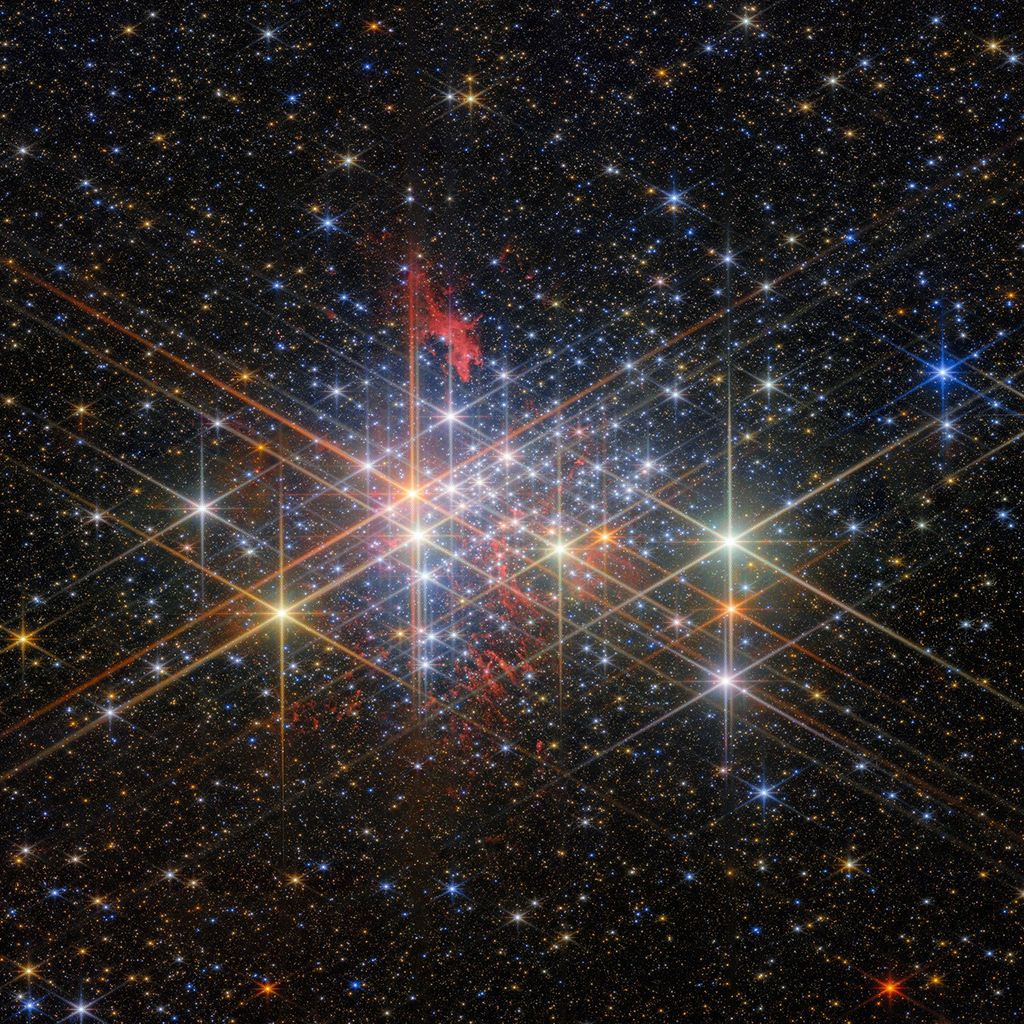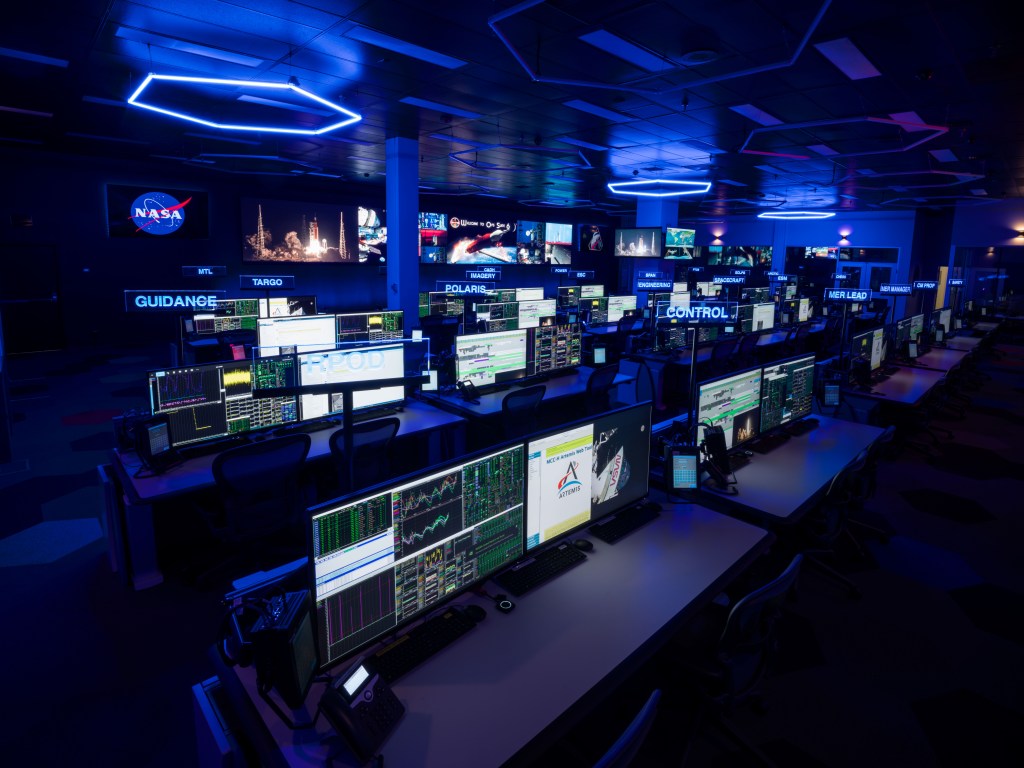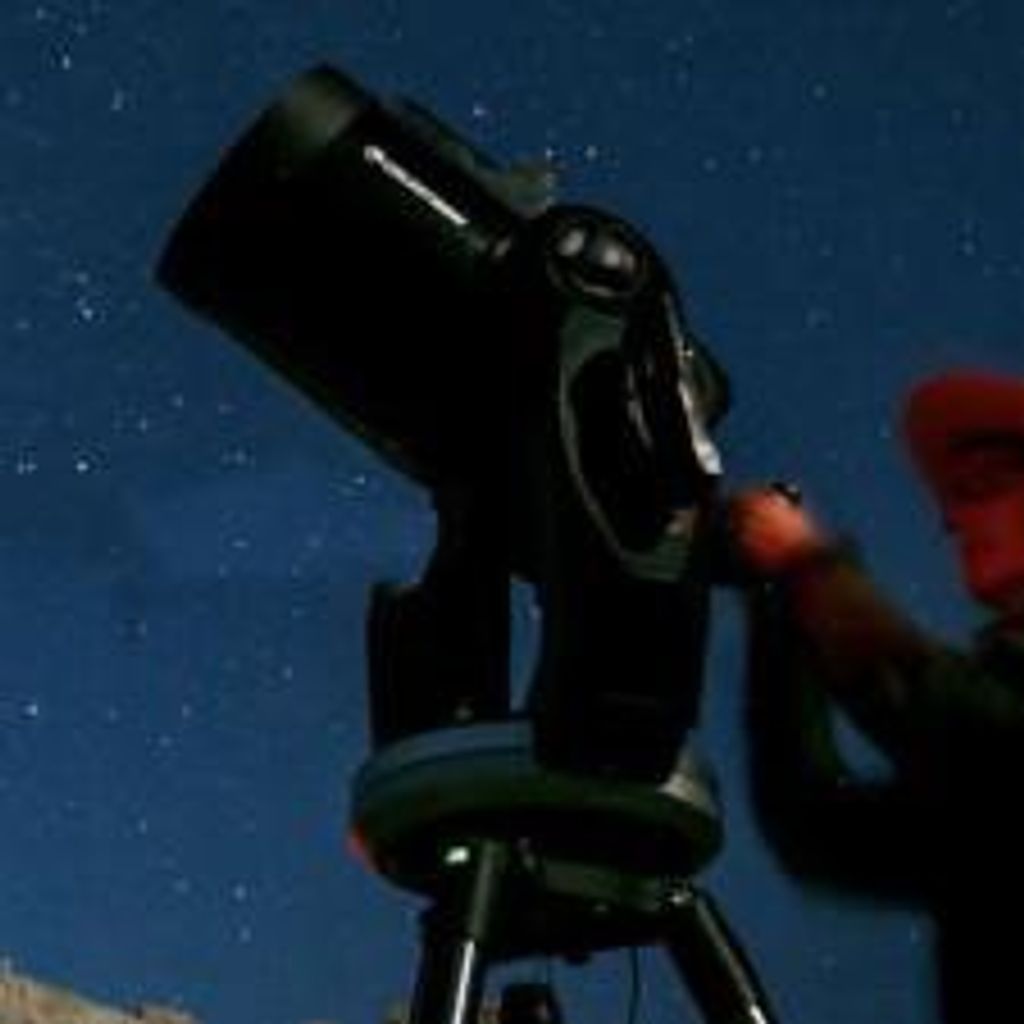Uranus Stories
Filters
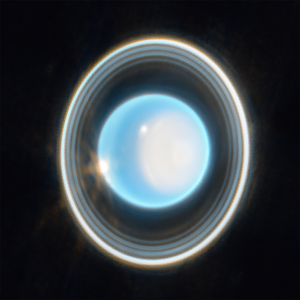
KEY POINTS For millennia, astronomers thought Uranus was no more than a distant star. It wasn’t until the late 18th century that Uranus was universally accepted as a planet. To this day, the ringed, blue world subverts scientists’ expectations, but…

When a planet’s orbit brings it between Earth and a distant star, it’s more than just a cosmic game of hide and seek. It’s an opportunity for NASA to improve its understanding of that planet’s atmosphere and rings. Planetary scientists…

Have we ever been to Uranus? The answer is simple, yes, but only once. The Voyager II spacecraft flew by the planet Uranus back in 1986, during a golden era when the Voyager spacecraft explored all four giant planets of…

An international team of astronomers using the NASA/ESA Hubble Space Telescope has made new measurements of Uranus’ interior rotation rate with a novel technique, achieving a level of accuracy 1,000 times greater than previous estimates. By analyzing more than a…
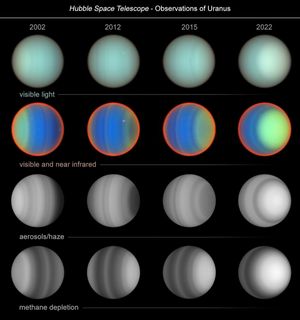
The ice-giant planet Uranus, which travels around the Sun tipped on its side, is a weird and mysterious world. Now, in an unprecedented study spanning two decades, researchers using NASA’s Hubble Space Telescope have uncovered new insights into the planet’s…

Encountering Neptune in 1989, NASA’s Voyager mission completed humankind’s first close-up exploration of the four giant outer planets of our solar system. Collectively, since their launch in 1977, the twin Voyager 1 and Voyager 2 spacecraft discovered that Jupiter, Saturn,…

The energized particles around Uranus defied scientist's understanding of how magnetic fields work to trap particle radiation.

NASA’s Voyager 2 flyby of Uranus decades ago shaped scientists’ understanding of the planet but also introduced unexplained oddities. A recent data dive has offered answers. When NASA’s Voyager 2 spacecraft flew by Uranus in 1986, it provided scientists’ first…

NASA’s Hubble Space Telescope and New Horizons spacecraft simultaneously set their sights on Uranus recently, allowing scientists to make a direct comparison of the planet from two very different viewpoints. The results inform future plans to study like types of…
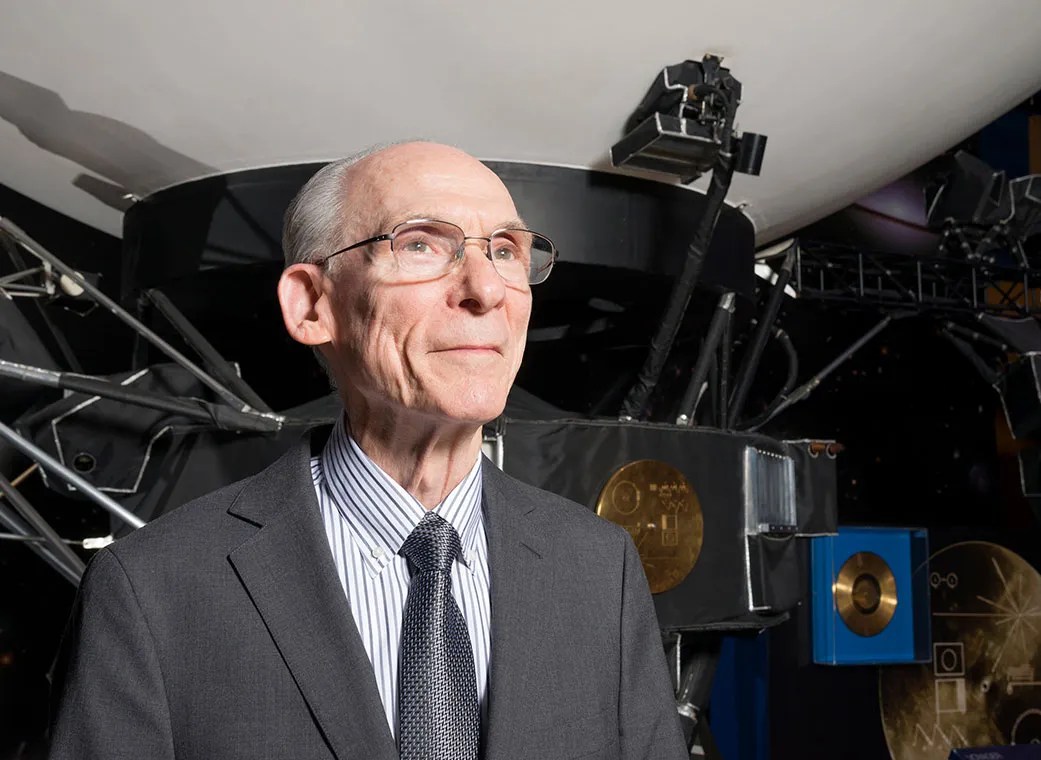
Known for his steady leadership, consensus building, and enthusiasm for engaging the public in science, Stone left a deep impact on the space community. Edward C. Stone, former director of NASA’s Jet Propulsion Laboratory in Southern California, and longtime project…

